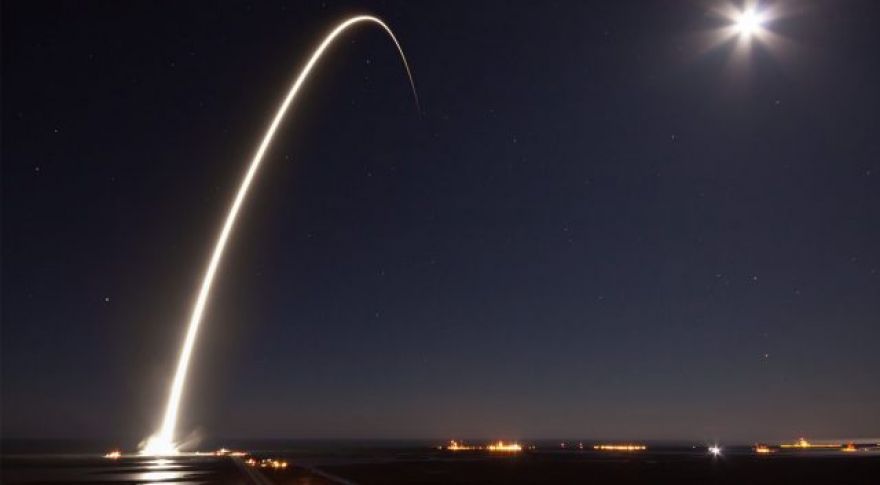
SpaceX’s latest satellite mission may be its last non-reusable launch
SpaceX was supposed to launch its Falcon 9 on a satellite deployment mission earlier this week, but the launch was scrubbed doe to wind. The second attempt in the wee hours of Thursday morning was a success, though. Not long after, reported that EchoStar XXIII had been safely deposited in a geosynchronous transfer orbit. Because of the difficulty in launching this satellite, SpaceX didn’t try to recover the first stage. This might be the last time it has to make that sacrifice.
The EchoStar XXIII is a commercial Ku-band broadcast satellite supporting data and video communications. This is the 25th satellite of its type deployed by the company, making it the fourth largest operator of geosynchronous satellites.
SpaceX knew all this when it launched the rocket from the historic launch pad 39A at Kennedy Space Center (its second launch there). So, this rocket was dumped in the ocean like all non-reusable vehicles are. SpaceX founder this might be the last time it has to take a loss on the first stage rocket. Future payloads of this nature will go up on the improved Block 5 or the untested Falcon Heavy rocket.
Successful deployment of XXIII to a Geosynchronous Transfer Orbit confirmed.
— SpaceX (@SpaceX)
The Falcon 9 Block 5 will be the final version of the design. It will be very similar to the current Falcon 9 with with higher thrust engines, improved landing legs, and design changes to make it easier to refurbish for another launch. The Falcon Heavy (formerly known as the Falcon 9 Heavy) is a different beast. This vehicle will have a Falcon 9 at its core with two strap-on boosters on the sides. It will be able to send nearly 50,000 pounds to geosynchronous orbit. The Falcon Heavy and Falcon 9 Block 5 should both launch at some point later this year.
With its more powerful rockets in place, SpaceX won’t have to choose between getting the payload into a higher orbit and recovering the first stage hardware. It can do both, saving a substantial amount of money on every launch. The extra fuel for landing adds weight, but the savings of recovering the rocket more than make up for that cost. Most of those launches will continue to take place at NASA’s launch pad 39A, which SpaceX will use as its main facility for Florida launches.